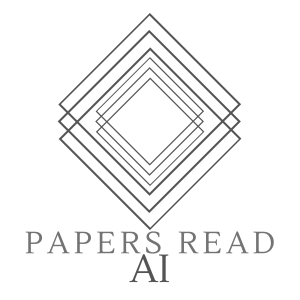

Papers Read on AI
Yuan 1.0: Large-Scale Pre-trained Language Model in Zero-Shot and Few-Shot Learning
2022-12-14
Recent work like GPT-3 has demonstrated excellent performance of Zero-Shot and Few-Shot learning on many natural language processing (NLP) tasks by scaling up model size, dataset size and the amount of computation. However, training a model like GPT-3 requires huge amount of computational resources which makes it challengeable to researchers. In this work, we propose a method that incorporates large-scale distributed training performance into model architecture design. With this method, Yuan...
Recent work like GPT-3 has demonstrated excellent performance of Zero-Shot and Few-Shot learning on many natural language processing (NLP) tasks by scaling up model size, dataset size and the amount of computation. However, training a model like GPT-3 requires huge amount of computational resources which makes it challengeable to researchers. In this work, we propose a method that incorporates large-scale distributed training performance into model architecture design. With this method, Yuan 1.0, the current largest singleton language model with 245B parameters, achieves excellent performance on thousands GPUs during training, and the state-of-the-art results on NLP tasks. A data processing method is designed to efficiently filter massive amount of raw data. The current largest high-quality Chinese corpus with 5TB high quality texts is built based on this method.
2021: Shaohua Wu, Xudong Zhao, Tong Yu, Rongguo Zhang, C. Shen, Hongli Liu, Feng Li, Hong Zhu, Jiangang Luo, Liang Xu, Xuanwei Zhang
https://arxiv.org/pdf/2110.04725v2.pdf
View more
Comments (3)
More Episodes
All Episodes>>Creat Yourt Podcast In Minutes
- Full-featured podcast site
- Unlimited storage and bandwidth
- Comprehensive podcast stats
- Distribute to Apple Podcasts, Spotify, and more
- Make money with your podcast
It is Free












